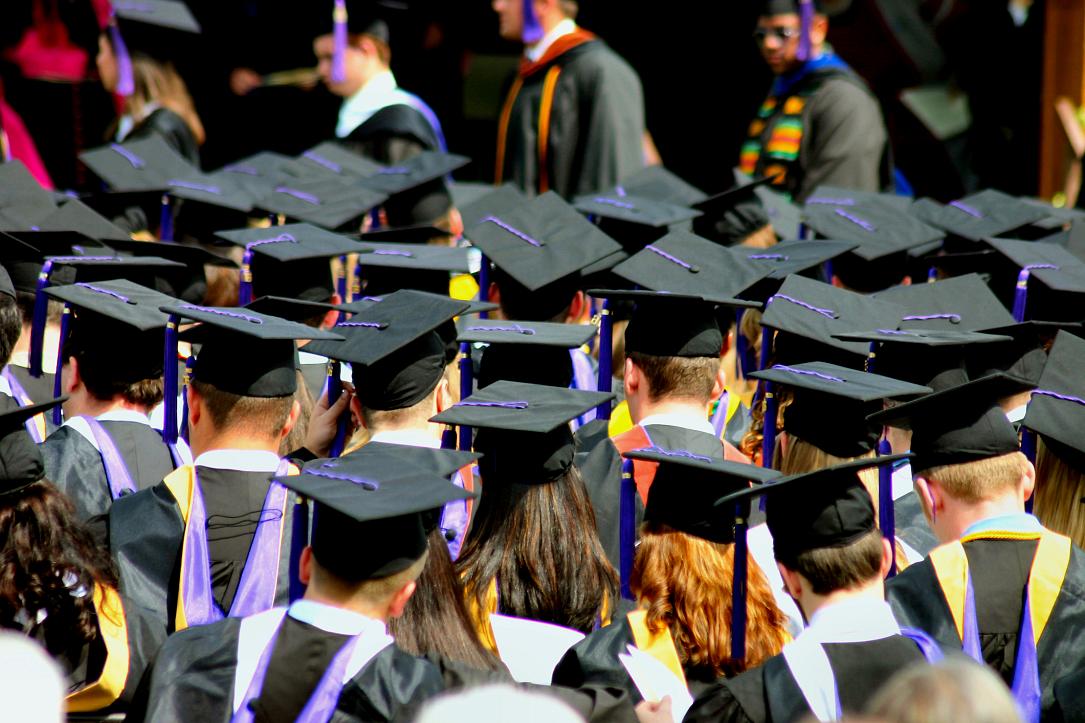Study: Nearly half of Romanian students who started college in 2015 dropped out



Roughly 48% of undergraduate students in Romania who started college in 2015 dropped out. A total of 42% of those in master's studies also quit, while 70% of doctoral students also abandoned their studies in the same period.
The data, provided by a recent study by the Ministry of Education’s Executive Unit for the Financing of Higher Education, Research, Development and Innovation (UEFISCDI), shows the worrying state of Romanian higher education. Until recently, the data necessary to conduct such a study was lacking, according to Edupedu.
The factors that influence the dropout rate of universities are multiple, ranging from the characteristics of the students and the field studied, to the baccalaureate grade and the high school course. For example, the dropout rate reaches 62.8% for those with average grades between 6 and 7 at the baccalaureate. Students who come from high schools with a technological profile have the highest dropout rates, 53.6%, according to the data presented in the study.
Of undergraduate students who drop out of college in Romania, 44% do so in the first year. Meanwhile, the dropout rate of master's students can vary – in some universities, only 30% of them graduate, while in others 85% manage to obtain their degree. Even so, master students who began their studies in 2015 also dropped out at an average rate of 42%. Meanwhile, 70% of doctoral students also drop out before obtaining their degree.
Civil engineering has the most dropouts, 62.44%, followed by mechanical engineering, 61.76%. Large degrees of variation exists between universities. In the case of social sciences, the dropout rate is 33% in Bucharest – compared to the 44% national average. The university centers in Timișoara and Iași have higher graduation rates in the field of engineering sciences. Cluj and Iași have higher graduation rates than the national average in fields such as mathematics and natural sciences.
Dropout rates for part-time and distance education are the highest – 65.8%. These forms of study are particularly aimed at students from disadvantaged backgrounds, working students, and students with families.
Male students are also more likely to drop out than female ones. Nearly 55% of the former abandon their studies, while only 42% of the latter do so. The same is true for master programs.
Students over the age of 26 have a 57.4% dropout rate, compared to 46.19% for younger students. Those between 23 and 26, however, have the highest dropout rate, namely 70.93%.
Students who did not move cities for their studies are slightly more likely to drop out than those who did. Foreign students also edge out the national average when it comes to the dropout rate.
Students who come from high schools with a technological profile have the highest dropout rates, 53.6%, compared to 44.5% of those from the so-called theoretical high schools. 90% of students enrolled in 5- and 6-year programs have graduated from such theoretical high schools, and dropout rates are considerably lower than those from technological or vocational high schools.
Around three-in-four doctoral students in industrial engineering, materials, electrical, mechanical, or electronic engineering drop out. At the opposite end, the sciences of education, music, psychology, theology, biology, or mathematics have the lowest dropout rates – below 35%. Doctoral students who occupy a budgeted place have a higher dropout rate compared to those who pay for their studies.
(Photo source: Michelle Marsan | Dreamstime.com)